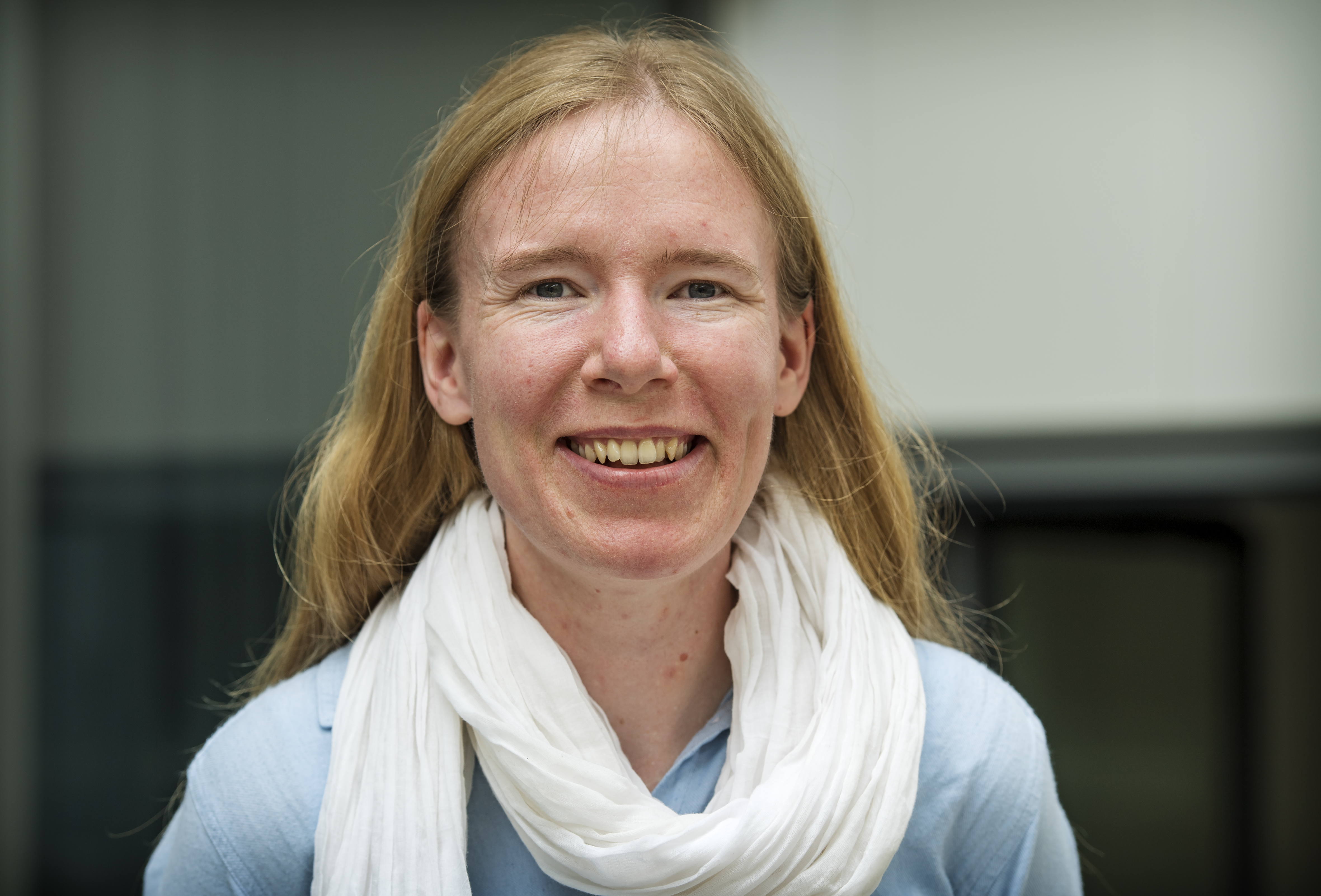Last week in Paris, donor governments met to negotiate new standards on one of the most self-serving abuses of Official Development Assistance spending – ‘tying’ such spending to the purchase of goods and services from the donor country.
At the same time, 300km to the north in Brussels, experts from Cameroon, Kenya and the European Commission came together to discuss the findings of a new report from the European Network on Debt and Development (Eurodad) that exposes just how much damage is being done by tied ODA.
In 2016, some $25bn of ODA was reported as tied. That’s more than one sixth of all Real ODA (i.e. ODA that is genuinely available for initiatives to reduce poverty and inequalities in the global south) – and more than the total bilateral ODA spent on basic health, population and water combined.
ODA procurement has powerful potential as a tool to build local supply chains for essential goods such as foods and medicines; to incentivise local companies to act in equitable, socially responsible and environmentally sensitive ways; and to redistribute vital income towards local people in the global south who are experiencing inequalities. But when ODA is tied, all these opportunities are thrown away – subordinated to the short-term profit motives of a handful of firms in donor countries.
Tied ODA has more immediate costs too. Tying ODA to firms from a specific country makes it impossible to shop around for the most suitable products at the best price. Eurodad’s report estimated that this wasted between $1.95bn and $5.43bn in 2016 alone.
Loopholes in the spotlight
One reason for such high levels of tied ODA is that the standards on tying under the OECD’s Development Assistance Committee (DAC) leave out key sectors and countries. In fact, out of every $5 reported as tied in 2016, $4 fell outside the scope of the DAC Recommendation on Untying.
The Recommendation excludes freestanding technical cooperation, and leaves it to DAC members’ discretion whether to untie food aid. The Recommendation’s scope is also limited to Least Developed Countries and Heavily Indebted Poor Countries: all other countries on the DAC’s list of ODA eligible recipients are excluded.
It’s the second of these loopholes – the countries covered by the Recommendation – that’s on the table in the DAC’s current negotiations. As I argued together with a Kenyan colleague back in May, this could have been a golden opportunity to curtail the damage done by tying across all countries where ODA is spent. Unfortunately, the reality is shaping up to be quite different.
One faltering step forward?
Like many of the DAC’s decisions, this one is being made behind closed doors, and few details on the proposals have been made public.
From what we can piece together, the most progressive proposals on the table would widen the Recommendation to some additional countries – expanding it beyond Least Developed Countries to other Low Income Countries and countries eligible to receive the most concessional financing from the World Bank. This would potentially include Syria and Zimbabwe among others. This would be a positive step – albeit a very modest one, considering the extent of poverty and inequalities in many countries such as Kenya that still look set to fall outside the Recommendation’s scope.
However, even this progress is far from secure. We are very concerned to learn that at least one DAC member is threatening to block this positive development, and would rather see the Recommendation narrowed still further.
…Several steps back
At the same time, we understand the proposals currently on the table have a critical weakness: they would shut some Heavily Indebted Poor Countries out of the Recommendation, that were previously included.
Cameroon is one such country being left out in the cold – despite compelling evidence of the multiple development challenges it faces. Cameroon is ranked 151 out of 189 countries in the Human Development Index. The International Monetary Fund says it is at high risk of debt distress. And according to UNICEF, Cameroon is hosting over half a million internally displaced people and refugees – and counting.
Now is no time to jeopardise the quality of ODA to Cameroon – nor to any of the other very poor countries that were previously included in the Recommendation.
Of course, setting the right standards on untying is only part of the challenge. As Eurodad’s report showed, there are plenty of challenges in implementation too. But the Recommendation plays a vital role in incentivising untied ODA: any country left outside its scope has the odds firmly stacked against it.
Don’t forget the poorest
Last week’s discussions in Paris and Brussels may only have been separated by a few hundred kilometres, but their tone could hardly have been further apart. While discussions in Paris were overshadowed by the self-interested ambitions of a minority of donors from the global north, in Brussels we heard about the harm that external capture of procurement processes actually causes for development in the global south. As Vitalice Meja, coordinator of the Reality of Aid Africa Network put it: “When tying leads to excess costs, who bears the burden?”
Voices from the global south will not be part of the DAC’s upcoming deliberations, but we hope our speaker’s message is not forgotten.
Eurodad is calling for the most ambitious possible expansion of the Recommendation – and above all for no contraction. People in Heavily Indebted Poor Countries are the last people who should have to bear the burden of subsidies to firms in the global north.














